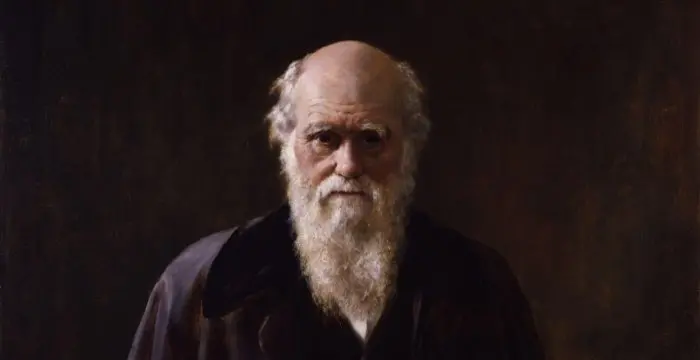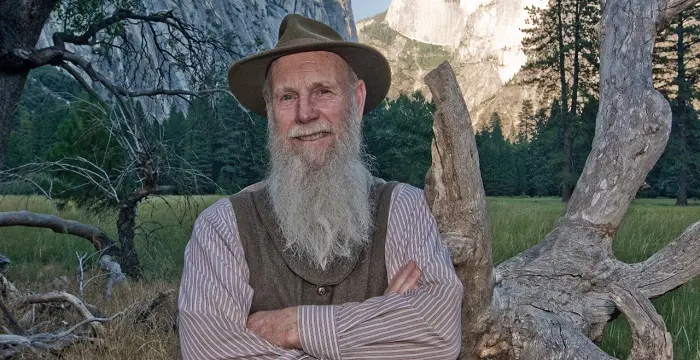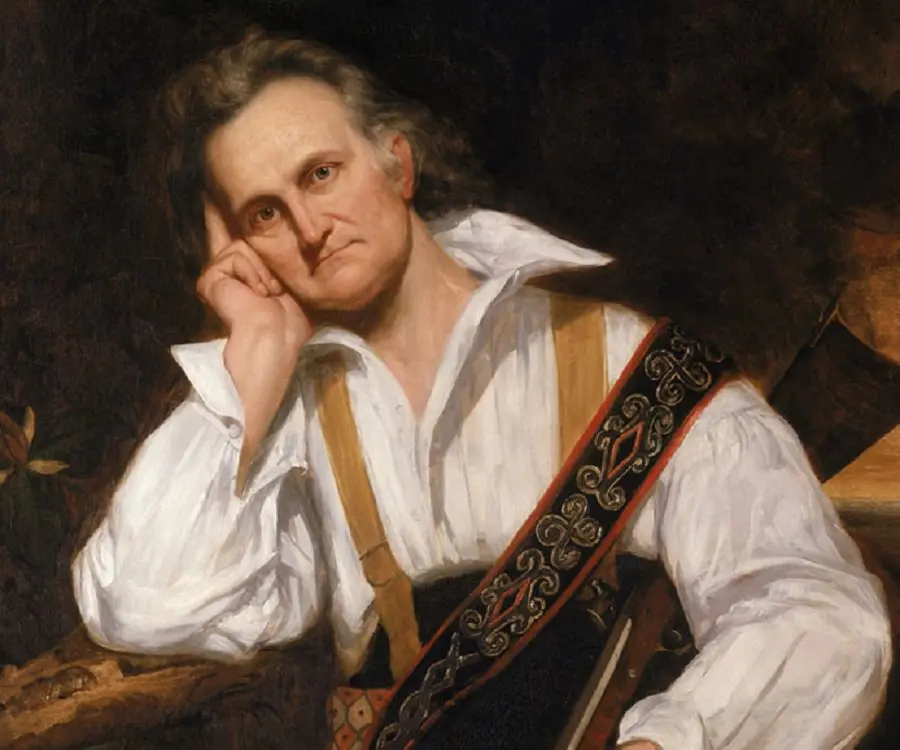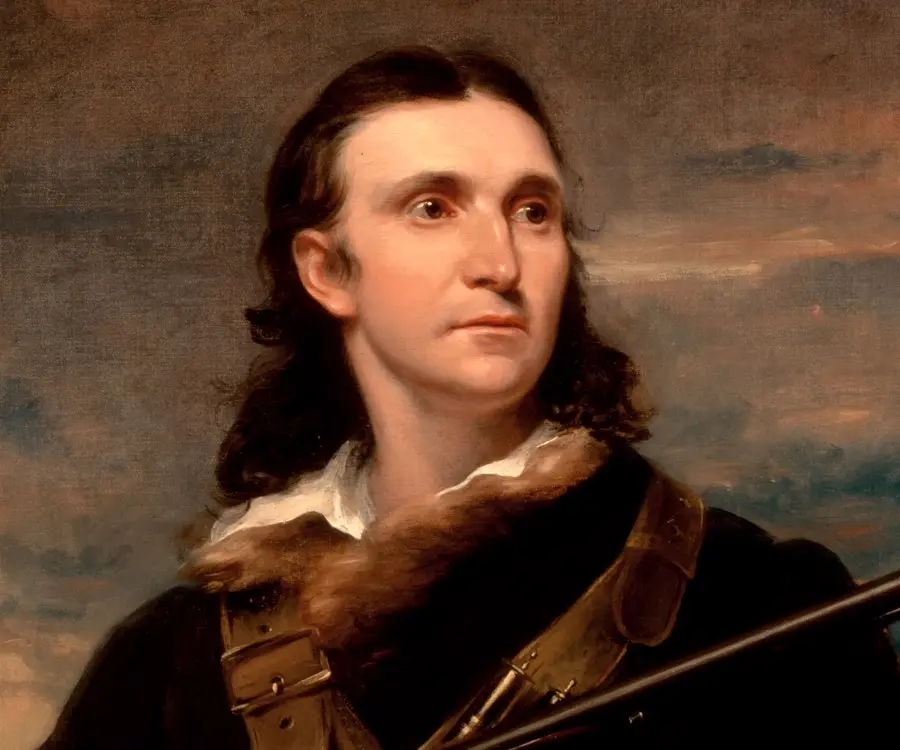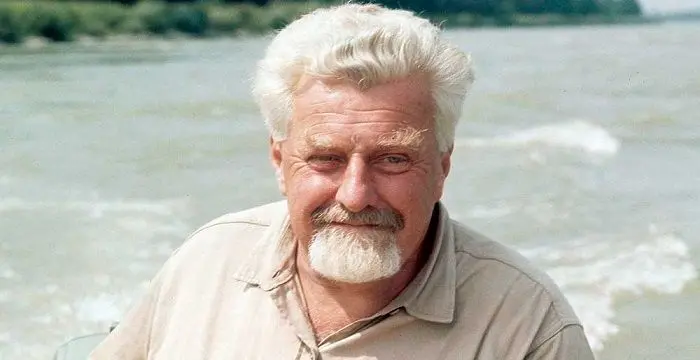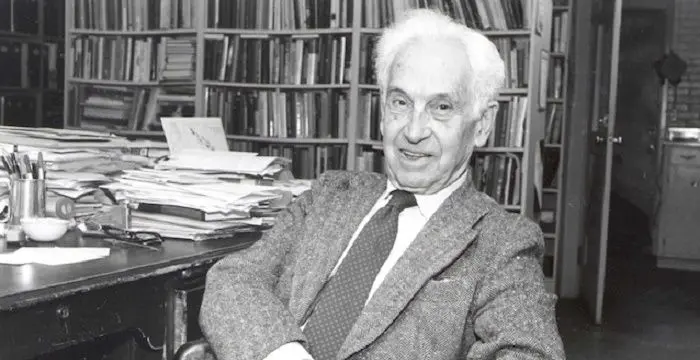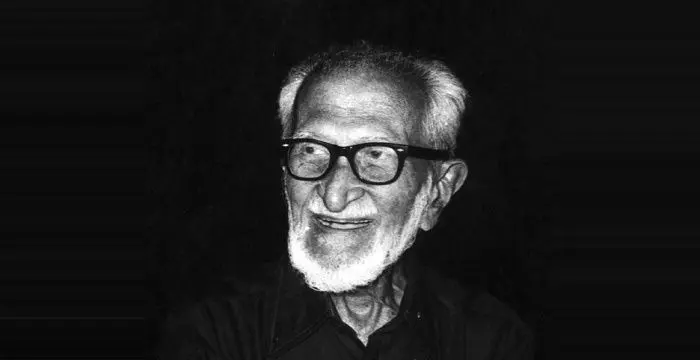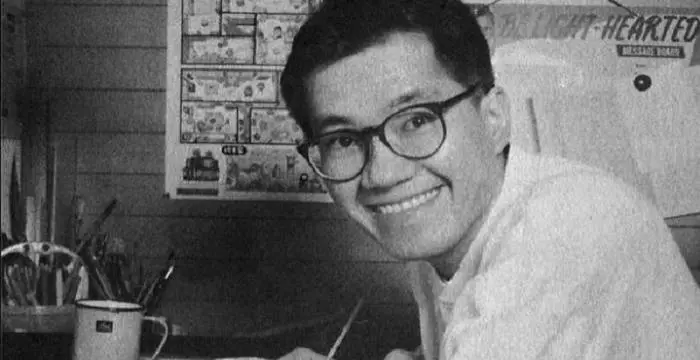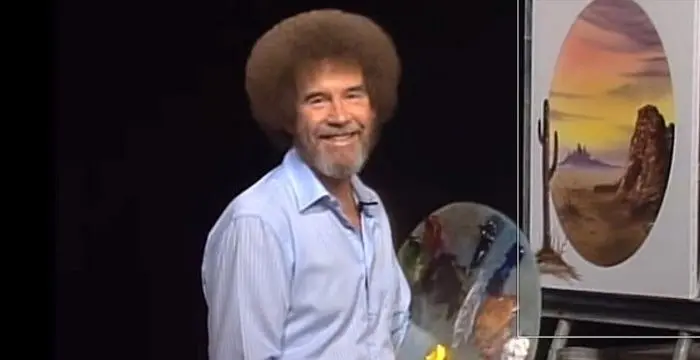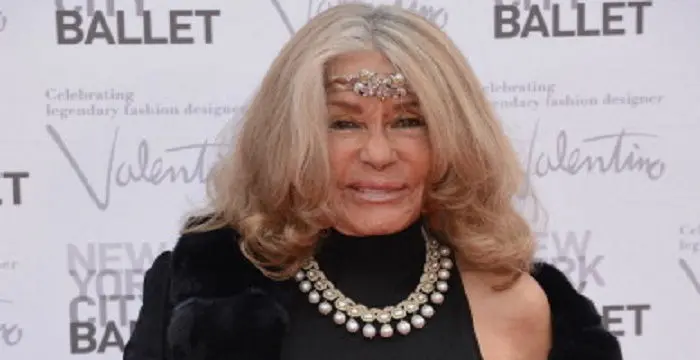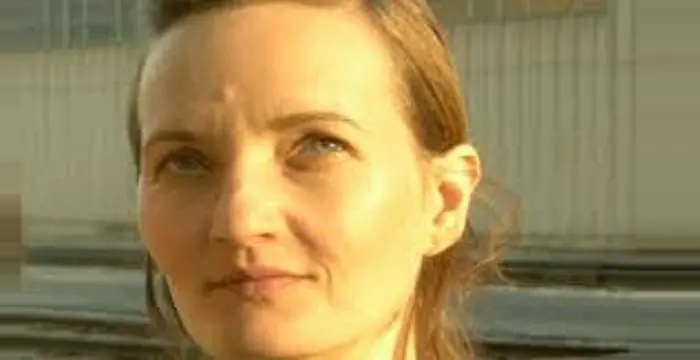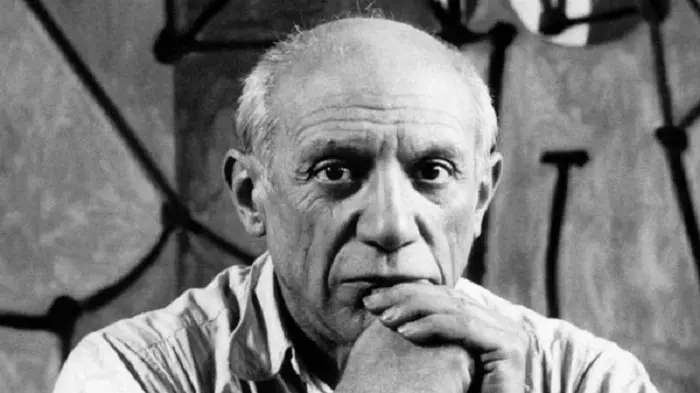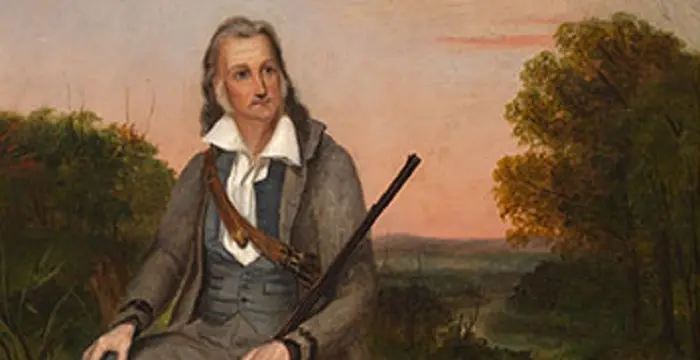
John James Audubon - Naturalist, Birthday and Childhood
John James Audubon's Personal Details
John James Audubon was an American ornithologist, naturalist and painter
| Information | Detail |
|---|---|
| Birthday | April 26, 1785 |
| Died on | January 27, 1851 |
| Nationality | American |
| Famous | Artists & Painters, Artists, Ornithologists, Naturalist |
| Spouses | Lucy Bakewell |
| Childrens | Victor Gifford Audubon |
| Universities |
|
| Birth Place | Les Cayes |
| Gender | Male |
| Father | Jean Audubon |
| Mother | Jeanne Rabin |
| Sun Sign | Taurus |
| Born in | Les Cayes |
| Famous as | Naturalist, Painter, Ornithologist |
| Died at Age | 65 |
// Famous Naturalist
Charles Darwin
Charles Darwin was one of the most influential figures in human history. Go through this biography to get details about his life, profile and timeline.
John Muir
John Muir was a famous American naturalist, author and an advocate of wildlife preservation. This biography offers detailed information about his childhood, life, works, achievements and timeline.
David Attenborough
Sir David Attenborough is an English broadcaster and naturalist. This biography offers detailed information about his childhood, life, works, achievements, trivia and timeline.
John James Audubon's photo
Who is John James Audubon?
John James Audubon, also known as Jean-Jacques Audubon, was one of the major contributors of masterpieces to American art. With an avid interest in birds and drawing right from his childhood days, Audubon went on to be the most distinguished illustrator of the 19th century. Venturing into nature and observing and exploring different American birds, he documented the species so meticulously in his books. His books “The Birds of North America” is believed to be one of the finest contributions to ornithology and art. From trying out his hand at a number of business ventures to following his heart to birds and nature, Audubon had quite an eventful life. From being born in Haiti to travelling to France, America and England, he most certainly excelled at what he was best at. He tried his hand at different businesses, failing in each of them. Ultimately, he left everything to documents birds of America, leaving his wife to take care of the family and sustained himself with portrait painting and tutoring. The result of his expeditions, published as his magnum opus, ‘The Birds of America’, is now considered as one of the best ornithological works, ever completed.
// Famous Ornithologists
Konrad Lorenz
Konrad Lorenz was a Nobel Prize winning scientist from Austria who developed the branch of ethology. This biography provides detailed information regarding his childhood, career, profile and timeline
Ernst Mayr
Ernst Mayr was a renowned biologist who authored the pioneering book on evolutionary biology titled ‘Systematics and the Origin of Species’. To know more about his childhood, career, profile and timeline read on
Salim Ali
Salim Ali was an Indian ornithologist and naturalist, often referred to as the "birdman of India." This biography of Salim Ali provides detailed information about his childhood, life, achievements, works & timeline.
Childhood & Early Years
John James Audubon was born on April 26, 1785, in the town of Les Cayes, located on the southern coast of present-day Haiti. At that time, it was a part of the French colony known as Saint-Domingue.
His father, Lieutenant Jean Audubon, was a French naval officer, who owned a large sugar plantation near Les Cayes. While his legally married wife, Anne Moynet Audubon, lived in France, he had many mistresses at Saint-Domingue, with whom he fathered unknown number of children.
Initially, John was named Jean Rabin after his mother, Jeanne Rabine, a 27-year-old chambermaid from Brittany. When she died of tropical diseases a few months after his birth, Jean was raised by his father’s mulatto housekeeper, Catherine Sanitte Bouffard. Later, she gave birth to another of Audubon’s daughters, Muguet.
In 1789, because of slave unrest in the Caribbean, Jean Audubon decided to diversify his investment, buying Mill Grove, a 284-acre farm near Philadelphia. But as the unrest intensified, he returned to France leaving his children behind.
In 1791, Jean Audubon brought Jean Rabin and Muguet, who were predominantly of European ancestry, to France. Here, they were graciously accepted by Madam Audubon and raised at La Gerbetiere, their country estate in the village of Couëron near Nantes.
At Couëron, Jean Rabin led the life of a gentleman’s son, receiving regular schooling as well as lessons in violin, dancing and fencing. Although a talented musician and dancer, he showed less enthusiasm for academics and found mathematics tough and dull. Instead, he displayed a unique love for nature.
From an early age, Jean Rabin spent his leisure hours walking around in the woods near his home, collecting birds’ nests and plant specimens. With, he grew a fondness for birds, watching them closely and then trying to represent them alive and moving on the paper.
His father also encouraged him in this, buying him an illustrated book on birds, which helped him to improve his techniques. Jean Audubon also accompanied Jean Rabin in his bird-watching expeditions, pointing out the birds’ movements and colors, teaching him about their mood and migratory pattern.
In 1794, with the support of his wife, Jean Audubon formally adopted the children, changing Jean Rabin’s name to Jean-Jacques Fougère Audubon and Muguet’s to Rose. Two years later, he sent eleven year old Jean-Jacques to the Naval Academy at Rochefort-sur-Mer.
Jean-Jacques studied at the Naval Academy for four years. Thereafter, as he failed to pass the officers training entrance examination, he was brought back to his childhood home in Couëron, where he resumed his old activities, watching and sketching birds.
It is believed that he made around two hundred sketches during this period, aspiring to make a series on the birds of France. Although there is no record, sometime before 1802, he studied art with Jacques-Louis David in Paris
In 1803, his father decided to send him to America mainly to avoid conscription in the Napoleon army. He was also to supervise the lead mine on his farm at Mill Grove. Accordingly, sometime in the same year, he boarded the ship for New York on a false passport.
At Mill Grove
During the voyage, Jean-Jacques was inflicted with yellow fever. On reaching New York City, he was put under a Quaker woman, who ran a boarding house. From her, he learned English in exchange of drawing lessons. Sometime now, he also changed his name to John James Laforest Audubon.
John James Audubon found Mill Grove, with its extensive fields and tree-covered hills, a paradise. Here, he led the life of a country gentleman, spending his time in hunting, fishing, drawing and music, paying no attention to the lead mine he was supposed to take care of.
Here, he once again started watching and documenting birds, intending to illustrate them more realistically than most artists did. He would go out at dawn and come back “wet with dew, and bearing a feathered prize”, having no care for the future. Slowly he started recording their behavior.
He was first known person to go into bird-banding in America. Tying yarn to the legs of eastern phoebes he wanted to see if they returned to the same nesting spots. In doing so, he met Lucy Bakewell, who shared his passion and they together began to explore the woods.
In 1805, John James Audubon visited France, where he formed a partnership with Ferdinand Rozier. The partners would eventually return to America, working together until 1811. He also met naturalist Charles-Marie D'Orbigny and with his help improved his skills in taxidermy. D'Orbigny also taught him the scientific methods of research.
On his return to Mill Grove, Audubon resumed his study of birds. With time, he created his personal natural museum, brimming with birds' eggs, stuffed fish, snakes, raccoons and opossums. Slowly, he became proficient at specimen preparation and taxidermy.
Businessman
Around 1807, as the mining operation failed to bring in profit, John James Audubon and his partner sold part of the estate, including the house and the mine, keeping the remaining part as investment. Thereafter, he moved to New York to learn import-export trade, but nothing came out of it.
In 1808, he moved to Louisville, Kentucky. There he attempted to run a grocery store with his partner; but even there, bird watching and painting remained his prime occupation.
In 1810, while living at Louisville, he met Alexander Wilson, a distinguished ornithologist and came across the first two volumes of his book, ‘American Ornithology’. It might have inspired him to publish his own book; but for that he would have to wait for many years.
Because of the embargo on British goods, their trading business in Louisville could not flourish. In 1810, the partners moved their business further west to Henderson. But here too the return was poor and Audubon often had to go hunting and fishing for sustention, making his acquaintances with nature closer.
Unable to establish their business in Henderson, Audubon and Rozier next moved to Ste. Genevieve, now in Missouri. There, on April 6, 1811, they dissolved their partnership with Rozier buying up Audubon’s share. Audubon now returned to Kentucky and started working on his own.
In 1812, while on a visit to Philadelphia, he took up American citizenship. On his return, he found that his entire collection of drawings has been eaten up by the rats. Although depressed he began working once more, determined to make them better.
Audubon next planned to move to New Orleans. But as that failed to materialize, he started a partnership with his brother-in-law, Thomas Bakewell in Henderson. Thereafter until 1819, he enjoyed comparative prosperity, founding a floor mill, buying property and slaves.
Career in Ornithology
In 1819, as Audubon and Bakewell’s venture failed, Audubon became bankrupt and was jailed for a brief period. On coming out, he started painting death-bed sketches, an art greatly valued in those pre-photography days.
In October 1820, after briefly working as naturalist and taxidermist at Western Museum, Cincinnati, he started on a journey down the Mississippi, armed with gun and his paint box, determined to paint every North American bird. He was accompanied by his student, Joseph Mason, whom he hired as his assistant.
During this trip, he covered Mississippi, Alabama, Florida, New Orleans, supporting himself with drawing charcoal portraits on demand for $5. While he drew the birds, Mason painted the background landscape, which greatly added to the value of the work. However, Mason’s work went un-credited in the final publication.
In August 1822, Mason left him to work on his own. Audubon now took lessons in oil painting, thereafter sustained himself with painting portraits as he traveled around. All the while, he continued to paint birds, chiefly in Louisiana and Mississippi.
In 1824, he traveled to Philadelphia, where he tried to get a publisher for his works on birds, but was rebuffed. He also met Charles Lucien Bonaparte, who tried to get him accepted by the Academy of Natural Sciences; but failed due to opposition by some members, especially George Ord.
Publishing His Works
In 1826, on the advice of Bonaparte and assistance of his wife, Audubon traveled to England with his 250 original works on birds, looking for financial support and also expert engravers and printers. Here he held exhibitions in Liverpool and Manchester, where his works were enthusiastically received.
Taking up subscriptions, very soon he was able to raise enough money to start printing. Entitled, ‘Birds of America’, the book was published in sections between 1827 and 1838. It was followed by a sequel, entitled ‘Ornithological Biographies’.
Between 1828 and 1839, Audubon returned to America several times, gathering more materials for the book. During this period, he visited Middle Atlantic States in 1829, the Southeast in 1831-1832, part of Labrador in 1833 and the Southwest in 1837.
In 1841, he purchased a 20 acre property in Manhattan, where he lived until his death in 1851. During this period, he created an octavo edition of ‘Birds of America’, adding 65 new plates to it. He also started working on ‘Viviparous Quadrupeds of North America’, but could not finish it.
Major Work
John James Audubon is best known for his groundbreaking work entitled, ‘The Birds of America’. Published in eight volumes, it features hand-painted illustrations of more than four hundred birds, found the United States of America. Among these birds, five are now extinct.
While working, he held the dead birds in life-like poses by use of wire and thread, later illustrating them with water color and pastels, occasionally using pencil, charcoal, chalk, gouache, and ink. The original edition of the book is on permanent display in Watkinson Library of the Trinity College, Connecticut.
Awards & Achievements
On March 18, 1830, Audubon was elected a fellow of the Royal Society, London. In the same year, he was also elected to the American Academy of Arts and Sciences.
He was a fellow of the Royal Society of Edinburg and the Linnean Society of London.
Personal Life & Legacy
In 1803, on his arrival at Mill Grove, John James Audubon met the owner of a nearby estate, William Bakewell and his daughter Lucy. Eventually, having many common interests, he and Lucy became close to each other. But they had to wait until 1808 before they received her father’s permission to marry.
The couple had four children; two sons named Victor Gifford Audubon and John Woodhouse Audubon; and two daughters named Lucy and Rose. While the girls died at infancy the two boys would one day help their father to publish his work. John Woodhouse Audobon also became a naturalist in his own right.
Towards the end of his life, Audubon’s health began to fail and from 1848, he began to suffer from dementia, eventually dying on January 27, 1851 at his family home in Manhattan. He lies buried at the Church of the Intercession in the Trinity Church Cemetery and Mausoleum.
In 1899, the locality around Mill Grove, his first home in the USA, was christened Audubon in his honor. The house is now known as John James Audubon Center at Mill Grove and serves as the educational center for the National Audubon Society, incorporated in 1905. .
He also has several parks and sanctuaries named after him not only in different parts of the USA, but also in France.
The United States Postal Service issued a 22¢ Great Americans series postage stamp in his honor.
// Famous Artists
Susan Mikula
Susan Mikula is an American artist and photographer. Check out this biography to know about her childhood, family life, achievements and fun factsabout her life.
Akira Toriyama
Akira Toriyama is a Japanese manga artist. This biography profiles his childhood, family, personal life, achievements, etc.
Bob Ross
Bob Ross was a celebrated, creative American painter and an art instructor. Check out this biography to know about his birthday, childhood, family life, achievements and fun facts about him.
John James Audubon biography timelines
- // 26th Apr 1785John James Audubon was born on April 26, 1785, in the town of Les Cayes, located on the southern coast of present-day Haiti. At that time, it was a part of the French colony known as Saint-Domingue.
- // 1789In 1789, because of slave unrest in the Caribbean, Jean Audubon decided to diversify his investment, buying Mill Grove, a 284-acre farm near Philadelphia. But as the unrest intensified, he returned to France leaving his children behind.
- // 1791In 1791, Jean Audubon brought Jean Rabin and Muguet, who were predominantly of European ancestry, to France. Here, they were graciously accepted by Madam Audubon and raised at La Gerbetiere, their country estate in the village of Couëron near Nantes.
- // 1794In 1794, with the support of his wife, Jean Audubon formally adopted the children, changing Jean Rabin’s name to Jean-Jacques Fougère Audubon and Muguet’s to Rose. Two years later, he sent eleven year old Jean-Jacques to the Naval Academy at Rochefort-sur-Mer.
- // 1802It is believed that he made around two hundred sketches during this period, aspiring to make a series on the birds of France. Although there is no record, sometime before 1802, he studied art with Jacques-Louis David in Paris
- // 1803In 1803, his father decided to send him to America mainly to avoid conscription in the Napoleon army. He was also to supervise the lead mine on his farm at Mill Grove. Accordingly, sometime in the same year, he boarded the ship for New York on a false passport.
- // 1803 To 1808In 1803, on his arrival at Mill Grove, John James Audubon met the owner of a nearby estate, William Bakewell and his daughter Lucy. Eventually, having many common interests, he and Lucy became close to each other. But they had to wait until 1808 before they received her father’s permission to marry.
- // 1805 To 1811In 1805, John James Audubon visited France, where he formed a partnership with Ferdinand Rozier. The partners would eventually return to America, working together until 1811. He also met naturalist Charles-Marie D'Orbigny and with his help improved his skills in taxidermy. D'Orbigny also taught him the scientific methods of research.
- // 1807Around 1807, as the mining operation failed to bring in profit, John James Audubon and his partner sold part of the estate, including the house and the mine, keeping the remaining part as investment. Thereafter, he moved to New York to learn import-export trade, but nothing came out of it.
- // 1808In 1808, he moved to Louisville, Kentucky. There he attempted to run a grocery store with his partner; but even there, bird watching and painting remained his prime occupation.
- // 1810In 1810, while living at Louisville, he met Alexander Wilson, a distinguished ornithologist and came across the first two volumes of his book, ‘American Ornithology’. It might have inspired him to publish his own book; but for that he would have to wait for many years.
- // 1810Because of the embargo on British goods, their trading business in Louisville could not flourish. In 1810, the partners moved their business further west to Henderson. But here too the return was poor and Audubon often had to go hunting and fishing for sustention, making his acquaintances with nature closer.
- // 6th Apr 1811Unable to establish their business in Henderson, Audubon and Rozier next moved to Ste. Genevieve, now in Missouri. There, on April 6, 1811, they dissolved their partnership with Rozier buying up Audubon’s share. Audubon now returned to Kentucky and started working on his own.
- // 1812In 1812, while on a visit to Philadelphia, he took up American citizenship. On his return, he found that his entire collection of drawings has been eaten up by the rats. Although depressed he began working once more, determined to make them better.
- // 1819Audubon next planned to move to New Orleans. But as that failed to materialize, he started a partnership with his brother-in-law, Thomas Bakewell in Henderson. Thereafter until 1819, he enjoyed comparative prosperity, founding a floor mill, buying property and slaves.
- // 1819In 1819, as Audubon and Bakewell’s venture failed, Audubon became bankrupt and was jailed for a brief period. On coming out, he started painting death-bed sketches, an art greatly valued in those pre-photography days.
- // Oct 1820In October 1820, after briefly working as naturalist and taxidermist at Western Museum, Cincinnati, he started on a journey down the Mississippi, armed with gun and his paint box, determined to paint every North American bird. He was accompanied by his student, Joseph Mason, whom he hired as his assistant.
- // Aug 1822In August 1822, Mason left him to work on his own. Audubon now took lessons in oil painting, thereafter sustained himself with painting portraits as he traveled around. All the while, he continued to paint birds, chiefly in Louisiana and Mississippi.
- // 1824In 1824, he traveled to Philadelphia, where he tried to get a publisher for his works on birds, but was rebuffed. He also met Charles Lucien Bonaparte, who tried to get him accepted by the Academy of Natural Sciences; but failed due to opposition by some members, especially George Ord.
- // 1826In 1826, on the advice of Bonaparte and assistance of his wife, Audubon traveled to England with his 250 original works on birds, looking for financial support and also expert engravers and printers. Here he held exhibitions in Liverpool and Manchester, where his works were enthusiastically received.
- // 1827 To 1838Taking up subscriptions, very soon he was able to raise enough money to start printing. Entitled, ‘Birds of America’, the book was published in sections between 1827 and 1838. It was followed by a sequel, entitled ‘Ornithological Biographies’.
- // 18th Mar 1830On March 18, 1830, Audubon was elected a fellow of the Royal Society, London. In the same year, he was also elected to the American Academy of Arts and Sciences.
- // 1841 To 1851In 1841, he purchased a 20 acre property in Manhattan, where he lived until his death in 1851. During this period, he created an octavo edition of ‘Birds of America’, adding 65 new plates to it. He also started working on ‘Viviparous Quadrupeds of North America’, but could not finish it.
- // 27th Jan 1851Towards the end of his life, Audubon’s health began to fail and from 1848, he began to suffer from dementia, eventually dying on January 27, 1851 at his family home in Manhattan. He lies buried at the Church of the Intercession in the Trinity Church Cemetery and Mausoleum.
// Famous Artists & Painters
Micheline Roquebrune
Micheline Roquebrune is a petite Moroccan-French painter best known as the third wife the legendary Scottish actor Sir Sean Connery. Check out this biography to know about her birthday, childhood, family life, achievements and fun facts about her.
Yvonne McGuinness
Yvonne McGuinness is an Irish multimedia artist. This biography profiles her childhood, family, personal life, career, etc.
Akira Toriyama
Akira Toriyama is a Japanese manga artist. This biography profiles his childhood, family, personal life, achievements, etc.
Bob Ross
Bob Ross was a celebrated, creative American painter and an art instructor. Check out this biography to know about his birthday, childhood, family life, achievements and fun facts about him.
Pablo Picasso
Pablo Picasso was one of the greatest painters of the 20th century. With this biography, explore his life, childhood, profile and timeline.
Johannes Vermeer
Johannes Vermeer was a famous Dutch Baroque painter of the seventeenth century. This biography provides detailed information about his childhood, profile, career and timeline
John James Audubon's FAQ
What is John James Audubon birthday?
John James Audubon was born at 1785-04-26
When was John James Audubon died?
John James Audubon was died at 1851-01-27
Where was John James Audubon died?
John James Audubon was died in Manhattan
Which age was John James Audubon died?
John James Audubon was died at age 65
Where is John James Audubon's birth place?
John James Audubon was born in Les Cayes
What is John James Audubon nationalities?
John James Audubon's nationalities is American
Who is John James Audubon spouses?
John James Audubon's spouses is Lucy Bakewell
Who is John James Audubon childrens?
John James Audubon's childrens is Victor Gifford Audubon
What was John James Audubon universities?
John James Audubon studied at John Woodhouse Audubon
Who is John James Audubon's father?
John James Audubon's father is Jean Audubon
Who is John James Audubon's mother?
John James Audubon's mother is Jeanne Rabin
What is John James Audubon's sun sign?
John James Audubon is Taurus
How famous is John James Audubon?
John James Audubon is famouse as Naturalist, Painter, Ornithologist
